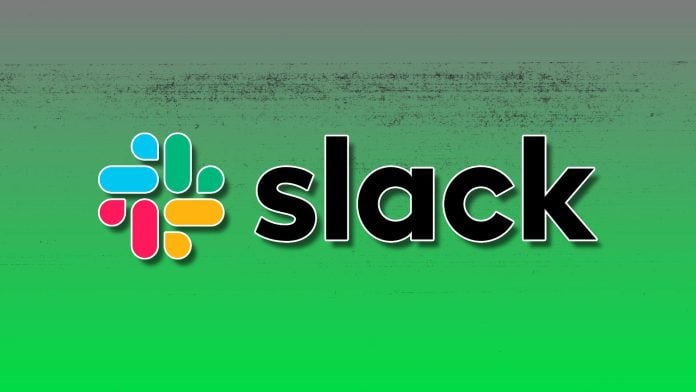In today’s fast-paced business landscape, speed is king. Small business owners are constantly challenged to close deals efficiently, serve customers promptly, and innovate quickly. However, traditional methods often slow down operations—information gets trapped in silos, collaboration falters, and decision-making becomes sluggish. Thankfully, a breakthrough in digital collaboration may provide the solution.
Recently unveiled at Salesforce’s TrailblazerDX conference, Slack’s new integration with Salesforce equips businesses with a comprehensive toolkit designed to enhance team performance by bridging gaps in communication and operational efficiency. The Salesforce Platform for Slack appears set to transform how companies operate, enabling seamless access to customer insights while fostering a collaborative environment.
One of the most significant advantages of this partnership is the capability to combine Salesforce data with Slack’s collaboration features. This integration allows teams—from sales to marketing—to access vital customer information within their daily workflow, thereby facilitating quicker and smarter decisions.
Stuart Thomson, a solution architect at Kimble Applications, emphasized the impact of this integration: “Salesforce Platform for Slack will empower our developers to build apps that make Slack interactions more meaningful and actionable than ever before.”
The benefits are particularly noteworthy for small businesses, which often lack the resources of larger firms. The Salesforce Platform for Slack is designed to simplify and automate various workflows. Developers can utilize familiar Apex coding to create applications that display Salesforce data directly in Slack, making customer interactions more insightful. Additionally, it streamlines the process by allowing automation to be deployed directly into Slack conversations via Flow, thus saving time and boosting efficiency.
For those without coding expertise, Slack’s Flow features provide low-code tools, making customization available to all users. This means that less tech-savvy entrepreneurs and their teams can still harness the power of automation without the need for advanced programming skills. The goal here is not just to save time but to allow small businesses to adapt their processes to better serve their customers.
The Sales Cloud for Slack integration exemplifies how these tools work in practice. Small business sales teams can share opportunity updates rapidly and collaborate on account channels, ensuring that everyone involved, from finance to legal, can contribute effectively. This feature reduces the need for constant context switching, allowing sales professionals to spend more time engaging with prospects.
Real-world applications abound. For instance, Procore, a software platform for the construction industry, benefits by accessing vital customer data directly within Slack. Their sales executives can retrieve information without toggling between multiple applications, enabling quicker responses and more productive conversations. Shane Redman, Procore’s Director of Information Security and Engineering, stated, “Slack and Salesforce are the connective tissue that ties together every piece of the sales process.”
Customer support is another area where this integration proves invaluable. The Service Cloud for Slack enables support teams to access Salesforce data instantaneously and connect with relevant staff across the organization. This facilitates faster issue resolution, enhancing customer satisfaction and loyalty. “When we use Slack and Salesforce together, we see better collaboration across the board at Snowflake,” noted Samir Dhruva, a senior business systems analyst at Snowflake.
However, small business owners should approach these advancements with a balanced view. While the integration of Salesforce and Slack could reduce inefficiencies, there could be challenges regarding potential resistance to adopting new workflows or the complexity of integrating legacy systems. Additionally, ensuring that all team members are adequately trained to utilize these tools effectively remains vital.
Salesforce has recognized the importance of easing this transition, as demonstrated by their commitment to providing substantial customer support and resources to help businesses adopt these new tools seamlessly.
In the competitive world of small business, leveraging real-time data and efficient communication platforms is no longer optional; it’s essential for survival. As Slack and Salesforce continue to refine their offerings, it could reshape how small businesses operate, making them faster, smarter, and more customer-centric than ever before.
For more information on these new tools and how they can amplify your business’s operations, visit Slack’s official blog.
Image Via BizSugar



